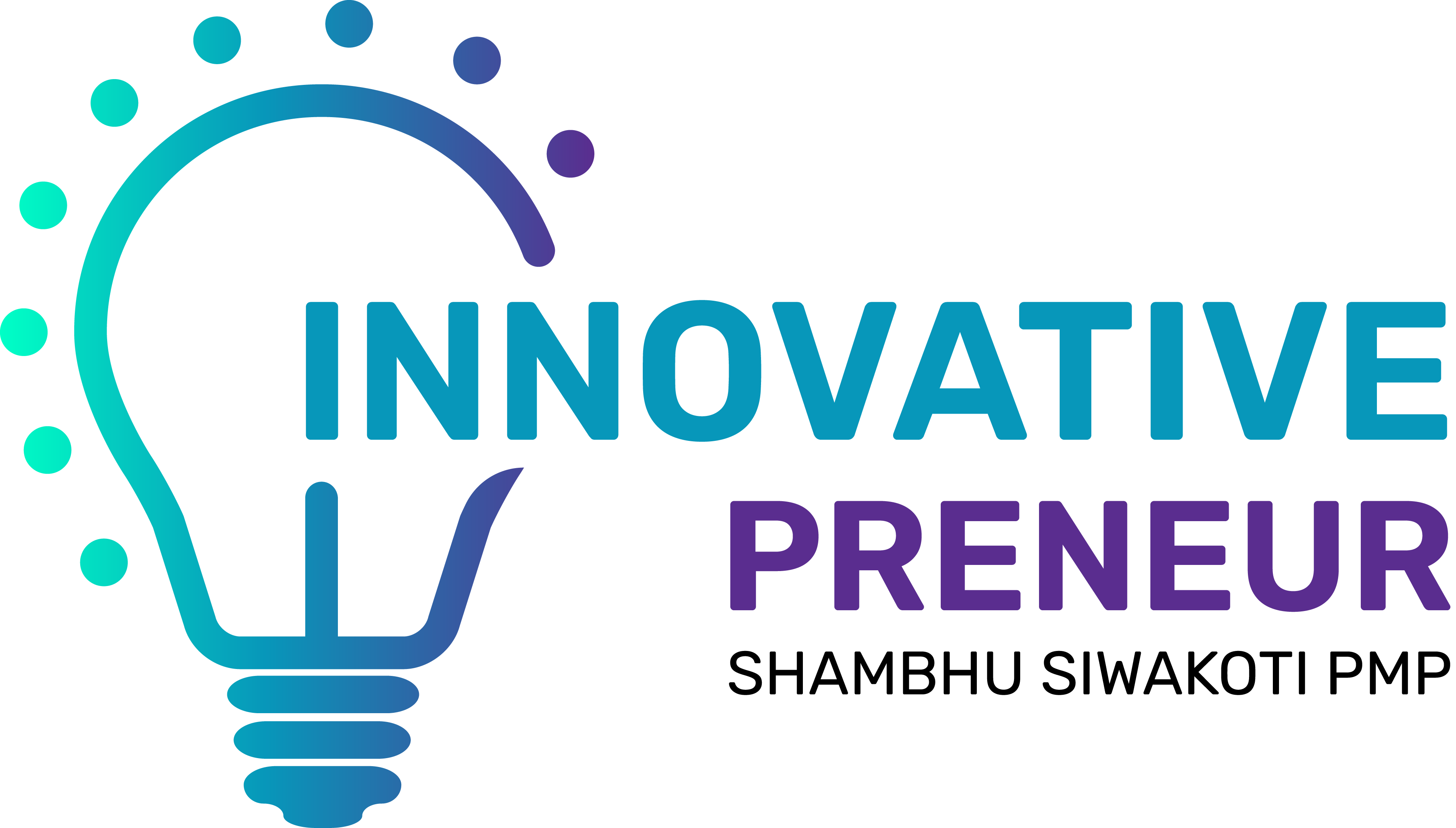
Web development is a fast-evolving field that shapes the digital experiences we interact with every day. In 2024, web development continues to advance rapidly, blending creativity with cutting-edge technology to build dynamic, user-centric websites and applications.
This blog will cover the latest trends, tools, and best practices for web development in 2024, helping developers and businesses alike stay ahead of the curve.
What is Web Development?
Web development refers to the process of creating, building, and maintaining websites or web applications. It includes various aspects such as web design, web programming, database management, and server-side scripting. Web development can be broken down into three main categories:
- Front-End Development: This focuses on the user interface and experience (UI/UX) by using languages like HTML, CSS, and JavaScript.
- Back-End Development: This manages server-side logic, databases, and application architecture through languages like Python, Ruby, PHP, and Node.js.
- Full-Stack Development: Full-stack developers are proficient in both front-end and back-end development, creating complete, functional websites and apps.
Why Web Development is Important in 2024
In 2024, having a strong web presence is more critical than ever. Here’s why:
- User Expectations: Modern users expect fast, responsive, and seamless experiences across devices, from desktop to mobile.
- Business Growth: Websites serve as the digital storefront for businesses. Whether you’re running an e-commerce platform, a service-based website, or a portfolio, your online presence can make or break your brand.
- SEO and Traffic: Well-structured websites that adhere to web standards not only attract users but also rank better in search engines, driving more organic traffic.
- Integration with AI and IoT: Web development in 2024 integrates with the Internet of Things (IoT) and artificial intelligence (AI) to provide personalized experiences, optimize content, and create smarter systems.
Top Web Development Trends in 2024
1. Progressive Web Apps (PWAs)
Progressive Web Apps are one of the hottest trends in 2024. They combine the best features of web and mobile apps, offering faster loading times, offline access, and a more immersive user experience without requiring users to download a mobile app.
- Benefits: PWAs are faster, more reliable, and cost-effective, making them an excellent choice for businesses looking to enhance the mobile experience.
- Example: Big brands like Starbucks and Pinterest have adopted PWAs, leading to significant increases in engagement and performance.
2. Single Page Applications (SPAs)
Single Page Applications (SPAs) are websites that load all the necessary content dynamically on a single page. This trend is popular for its speed and smooth user experience since only a portion of the page reloads instead of the whole page.
- Frameworks: Popular JavaScript frameworks like Angular, React, and Vue.js are often used to build SPAs.
- Advantage: SPAs provide faster navigation and improved performance compared to traditional multi-page websites, making them highly popular in web development.
3. AI-Powered Web Development
Artificial intelligence is changing how web developers approach coding, design, and user interaction. AI tools are automating routine tasks, while machine learning algorithms are being used to analyze user data, predict behavior, and create personalized experiences.
- Chatbots and Virtual Assistants: More websites are incorporating AI chatbots that interact with users, answering queries in real-time and improving customer service.
- Automated Design: AI-powered tools are helping developers create websites with minimal coding, optimizing layouts, colors, and content placement.
4. Motion UI
Motion UI involves the use of animations, transitions, and micro-interactions to create more engaging and intuitive websites. These small visual cues guide users through a site and enhance the user experience without overwhelming them.
- Examples: Hover effects, smooth scrolling, loading animations, and element transitions help bring a site to life.
- Impact: Motion UI is key for making websites feel modern, dynamic, and interactive, helping to capture users’ attention and keep them engaged.
5. Serverless Architecture
Serverless architecture is becoming a preferred choice for web development in 2024, where the backend operations are managed by cloud providers such as AWS, Azure, or Google Cloud. This allows developers to build and run applications without worrying about server management.
- Advantages: Serverless architecture reduces costs, improves scalability, and enhances performance since developers only pay for what they use.
- Applications: Ideal for applications with fluctuating demand, such as e-commerce platforms during peak sale periods.
6. Voice Search Optimization
As voice search technology continues to grow with smart devices like Google Assistant and Amazon Alexa, websites need to be optimized for voice-based queries. Users often use conversational language when conducting voice searches, so optimizing content to reflect this is key.
- Actionable Tip: Focus on long-tail keywords and natural phrases that reflect how people speak to improve your website’s compatibility with voice search.
7. Low-Code and No-Code Development
Low-code and no-code platforms allow non-developers to create functional websites and web apps without deep coding knowledge. These tools come with pre-built templates and drag-and-drop interfaces.
- Benefits: Low-code and no-code solutions reduce the time and cost involved in building applications, making web development accessible to a broader audience.
- Popular Platforms: Webflow, WordPress, and Bubble are leading the way in the no-code space.
8. Web 3.0 and Decentralized Applications (dApps)
Web 3.0 represents the next phase of the internet, focusing on decentralization and blockchain technology. Web developers in 2024 are increasingly looking toward building decentralized applications (dApps), which operate on blockchain and offer greater security, transparency, and user control.
- Blockchain and Smart Contracts: dApps use blockchain to process transactions and enforce contracts, enabling new business models that remove intermediaries.
- Future Potential: As Web 3.0 matures, developers will need to understand how to build applications that leverage decentralized networks, enhancing data privacy and autonomy.
9. Dark Mode Standardization
Dark mode has become increasingly popular across websites and applications, as it reduces eye strain and conserves battery life for devices. In 2024, more websites are adopting dark mode features and allowing users to toggle between dark and light modes seamlessly.
- Implementation: Developers should include dark mode CSS themes and allow users to switch modes manually or set it based on their system preferences.
10. Cybersecurity and Privacy
As cyberattacks become more sophisticated, cybersecurity is an essential part of web development in 2024. Ensuring the security of sensitive user data through encryption, multi-factor authentication, and secure coding practices is paramount.
- Security Measures: Use HTTPS, regularly update software, and apply strong authentication protocols to protect your website from attacks.
- Privacy-First Web: With rising concerns over data privacy, businesses are focusing on GDPR-compliant websites and minimizing data collection practices.
Best Practices for Web Development in 2024
1. Responsive Design
Ensuring your website is responsive—i.e., it works flawlessly across devices like desktops, tablets, and smartphones—is a non-negotiable best practice. With the rise of mobile usage, a responsive design helps maintain a consistent experience for users no matter how they access your site.
2. Optimize for Speed
Page speed is a critical ranking factor and user expectation in 2024. Faster websites lead to better user experience and improved SEO performance.
- Optimization Techniques: Minimize HTTP requests, compress images, use lazy loading, and leverage browser caching.
- Tools: Use tools like Google PageSpeed Insights or GTmetrix to assess and optimize your site’s loading times.
3. Adopt Modern Development Frameworks
Modern frameworks like React, Vue.js, and Angular provide developers with tools to build more robust, maintainable, and scalable web applications.
4. Use APIs for Integration
In 2024, API integration is essential for creating dynamic and functional web apps. APIs allow your website to communicate with third-party services (like social media, payment processors, or cloud storage) seamlessly, expanding your site’s capabilities.
5. Accessibility is Key
Web accessibility ensures that your website is usable by all people, including those with disabilities. By adhering to Web Content Accessibility Guidelines (WCAG), developers can make websites that are inclusive and provide equal access to information and services.
Conclusion
Web development in 2024 is characterized by rapid technological advancements, user-centric design, and integration with AI, voice search, and blockchain technologies. By staying updated on these trends and adhering to best practices, developers can create websites and applications that are fast, secure, and future-proof.
As the digital landscape evolves, the key to success is continuous learning, adaptability, and a focus on creating exceptional user experiences. Whether you’re a developer or a business owner, understanding the latest web development trends is crucial to staying competitive in today’s digital-first world.

